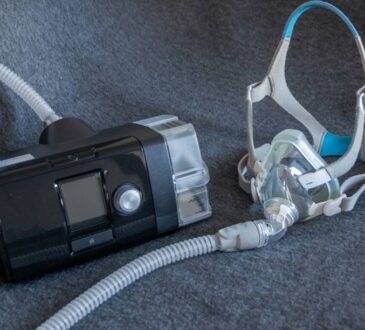
An individual with a herniated disc can have their mobility and quality of life affected, as it causes pain more often than not, which requires medical evaluation and treatment to resolve. In Singapore, patients have access to a range of options, from non-invasive therapies to surgical procedures, depending on the severity of the condition. Knowing the potential costs of herniated disc treatment in Singapore helps families prepare for expenses and make informed decisions when consulting a backbone specialist.
Factors That Influence Treatment Costs
The cost of treating a herniated disc varies widely and depends on several factors, as the type of treatment recommended is the most significant consideration. Non-surgical methods such as physiotherapy, medication, and spinal injections are generally less costly than surgical approaches. However, long-term management and repeated sessions can cause expenses to accumulate over time. Patients should weigh these costs against the benefits and effectiveness of each treatment type.
Another factor is the medical facility and specialist involved. Consulting a backbone specialist in a private hospital may involve higher consultation and procedure fees compared to treatment at public institutions. Diagnostic imaging, such as MRI scans, which are essential for accurate assessment, also adds to the total cost. Patients should be aware of these variables and factor them into their treatment planning.
Non-Surgical Treatment Options and Costs
For many patients, non-surgical methods are the first line of management. Physiotherapy sessions aim to strengthen muscles, improve posture, and relieve pressure on the affected disc. In Singapore, physiotherapy fees are typically charged per session, and multiple visits are often required. Medication to reduce inflammation or manage pain also contributes to ongoing costs, though it may be necessary for symptom control.
In some cases, patients may be advised to undergo spinal injections to relieve nerve irritation. These procedures are more costly than medication or physiotherapy alone, but they can provide relief without surgery. A backbone specialist usually determines whether injections are appropriate, depending on the patient’s symptoms and overall health. These treatment costs can add up, but they are still considered less expensive than surgical intervention.
Surgical Options and Financial Considerations
When non-surgical methods fail to provide relief, surgery may be recommended. Procedures such as microdiscectomy or laminectomy aim to relieve pressure on the nerves by removing or reshaping parts of the affected disc. Herniated disc treatment in Singapore that involves surgery is significantly more expensive due to hospitalisation, anaesthesia, and the surgeon’s fees. Costs can also vary depending on whether the procedure is performed in a public or private facility.
Recovery from surgery may involve additional expenses such as rehabilitation therapy and follow-up consultations with a backbone specialist. Patients should plan for these extra costs, as they are important for achieving full recovery and preventing recurrence. Having a clear understanding of the financial implications before surgery helps families prepare for the long-term commitment involved.
Managing Expenses and Planning Ahead
To manage the costs of treatment, patients should explore different financing and insurance options. Many health insurance plans in Singapore cover diagnostic tests, consultations, and surgical procedures, although coverage may differ between providers. Patients should review their policies carefully to determine what portion of the expenses will be reimbursed.
It is also beneficial to seek multiple opinions before committing to treatment, as consulting different specialists provides a clearer picture of available options and their costs. Planning by comparing treatment pathways allows patients to make financially responsible choices without compromising their care. By taking these steps, individuals can better manage the financial challenges of herniated disc treatment in Singapore.
Conclusion
The cost of herniated disc treatment in Singapore depends on the type of intervention, the specialist consulted, and the facility chosen. Non-surgical methods such as physiotherapy and medication are less costly but may require ongoing sessions, while surgical treatments involve higher upfront expenses and recovery-related costs. Consulting a backbone specialist and planning for these expenses in advance helps families manage both health outcomes and finances effectively.
Contact Achieve Spine & Orthopaedic Centre to explore treatment options tailored to your needs.




